Over the past six weeks, the Islamic Republic has resorted to both soft and hard tactics to crack down on the nationwide unrest triggered by the death of 22-year-old Mahsa Amini in the custody of morality police.
The Islamic Republic has dispatched riot police, Basij militiamen and plainclothesmen in its brutal crackdown against the protest movement in which more than 250 people were killed and hundreds of others were thrown behind bars.
The Police Special Units, or riot police, are the main force deployed in the streets to suppress the demonstrations. These units first make a show of power, then they call on the crowd to disperse and photograph the remaining protesters. Only after that the riot police are authorized to exercise force against the protesters, using vehicles such as motorcycles, as well as water cannons, sharpshooters, pepper spray and teargas.
The riot police also use a range of psychological and propaganda tactics to disperse protesters and mislead them. Such tactics include sowing divisions, arresting, terrorizing and deceiving protesters, and forcing them to confess. These tactics are mainly aimed at preventing people from joining the protest movement, demoralizing the demonstrators and weakening their resolve.
A 2017 study that appeared in a journal published by Tehran’s Imam Hossein University, which is affiliated with the Islamic Revolutionary Guards Corps, ranked psychological tools and techniques according to their effectiveness in crowd control:
Spreading the rumor that the protesters have been infiltrated Spreading the rumor that protest leaders have been arrested Negotiating with the protesters and persuading them to disperse Trivializing protestors’ demand Accusing protest leaders of illegal affiliations Scapegoating, i.e., sacrificing some insiders Diverting attention to other news Infiltrating protesters Sympathizing with protesters (psychologically disarming them) Getting confessions from protest leaders Intimidating protesters Deceiving protesters Ridiculing protesters demands
According to this ranking, spreading rumors among the protesters is seen as the most effective psychological tool to suppress rallies. During the ongoing protests, it was used to portray the protesters and their supporters as deviants and liars.
Iranian leaders have repeatedly ridiculed protesters and accused them of being manipulated by foreign governments. In at least two speeches, Supreme Leader Ali Khamenei tried to downplay the significance of the protest movement by describing the demonstrators as “children” who were under the influence of the country’s “enemies.”
Trivializing calls for justice, freedom, democracy in state-run media outlets is also part of the Islamic Republic’s propaganda machine.
The Iranian regime has also tried to divert the public’s attention away from the protest movement, exploiting air attacks on targets in Iraq’s Kurdistan region, military exercises on Iran’s border with Azerbaijan and a deadly gun attack on a Shiraz shrine to that end.
In an attempt to overshadow clear demands made by protestors, the Islamic Republic has consistently used local officials, parliament members or their supporters to voice similar demands but in a much milder form. The regime then offered only vague solutions to the problems. For instance, some officials announced plans to reform the way morality police enforce the mandatory hijab policy, but they fell short from saying the garment will no longer be compulsory.
The Islamic Republic has tried to keep potential protesters away from the streets by emphasizing the threats that the country is facing. Officials repeatedly warned Iran could experience the same fate as Syria, Libya or Iraq, and that the downfall of Islamic Republic would mean an end of the country’s territorial integrity.
Instilling fear among the people by exercising a high level of violence against opponents is a tactic used by all authoritarian governments, and the Islamic Republic makes no exception. Such governments often order their security forces to damage or destroy property before blaming protesters. There is extensive evidence that Iranian riot police have destroyed public and private property, with the commander of national police claiming that individuals who had donned police uniforms were behind the destruction.
The Islamic Republic has used scapegoats, dismissing low-level officials deemed as responsible for public discontent. As part of efforts to calm the situation in Sistan and Baluchestan province, the police commander Zahedan was dismissed after dozens of protesters were killed in the city by security forces.
The regime has tried to make protest leaders look guilty of various crimes by providing false information. Such leaders are portrayed as lackeys of the Islamic Republic’s foreign foes.
The ongoing nationwide unrest has no specific leaders, but the regime is punishing well-known figures in culture, arts and civil society for their support for the demonstrations. Football stars Ali Karimi and Ali Daei, among others, have been charged with spreading false information.
Security and intelligence agencies are sending their agents to rallies to try to undermine the protests by spreading rumors, deepening divisions among demonstrators and instilling fear. Many pictures of such suspected agents have been posted on social media.
In recent weeks, state TV has aired forced confessions of arrested protesters to try to intimidate demonstrators, prevent people from joining the rallies and incite the security forces to use an iron fist to suppress the protests. So-called documentaries giving a distorted account of the protests were also broadcast.
The government also tries to rally segments of the population under its control, including school staff and government employees, to take to the streets in a show of support for the regime. However, such rallies have so far failed to mobilize large numbers of people.
visit the accountability section
In this section of Iran Wire, you can contact the officials and launch your campaign for various problems




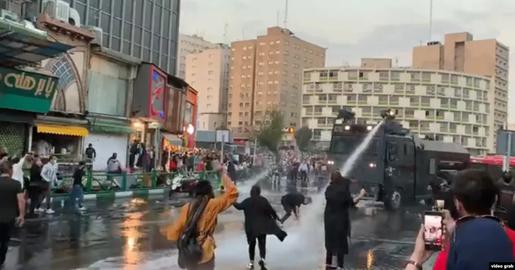
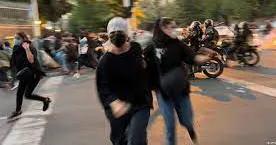

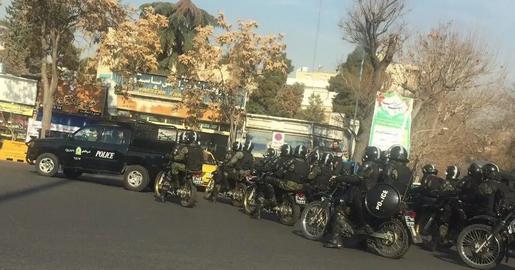










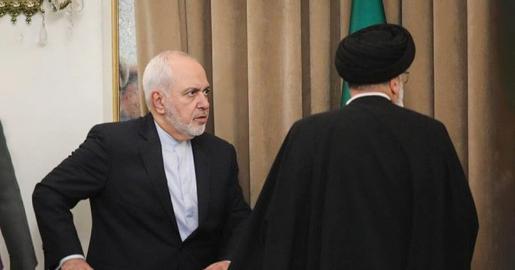
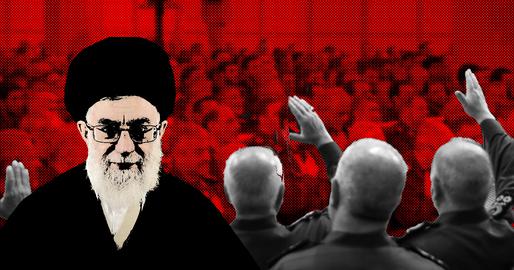







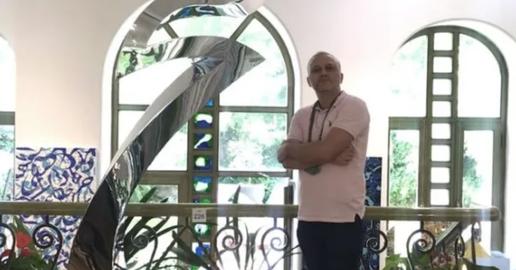
comments